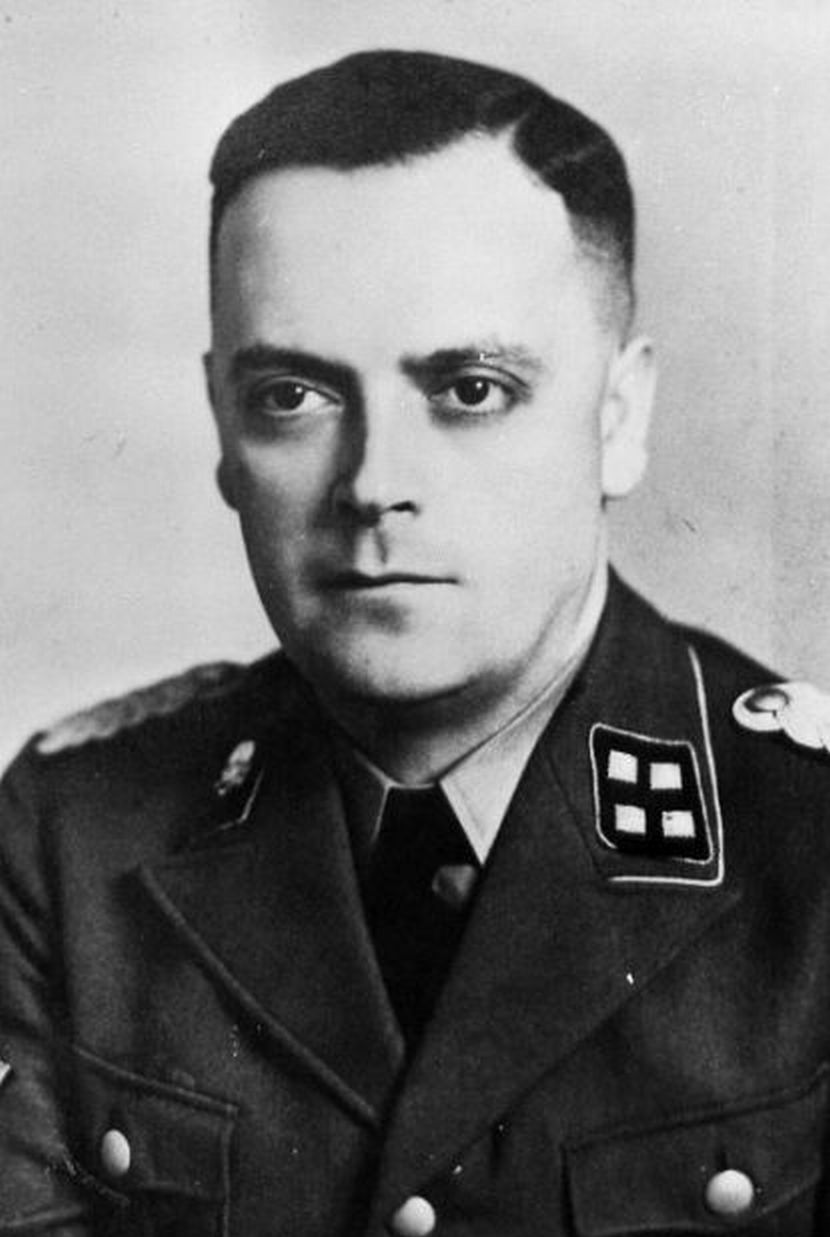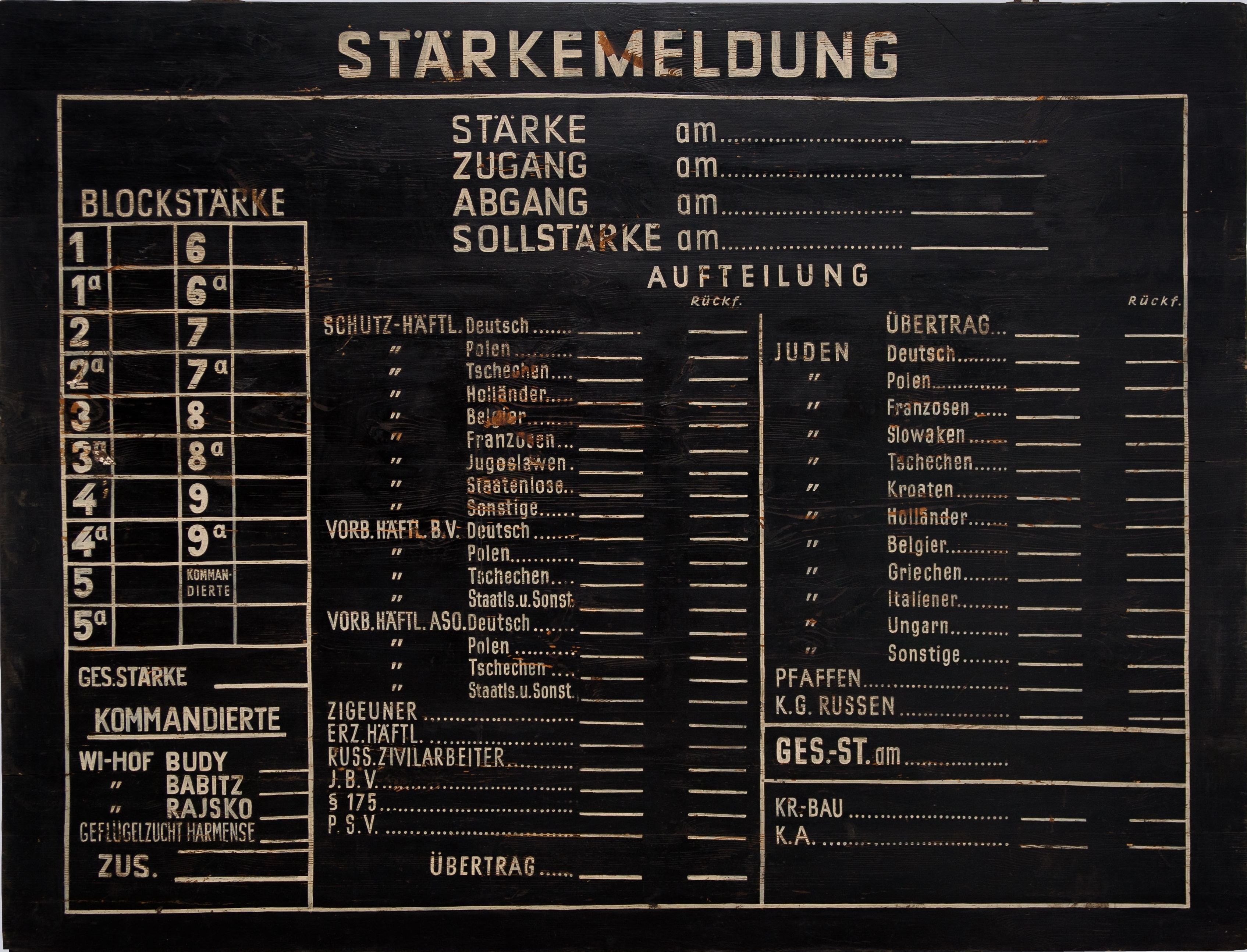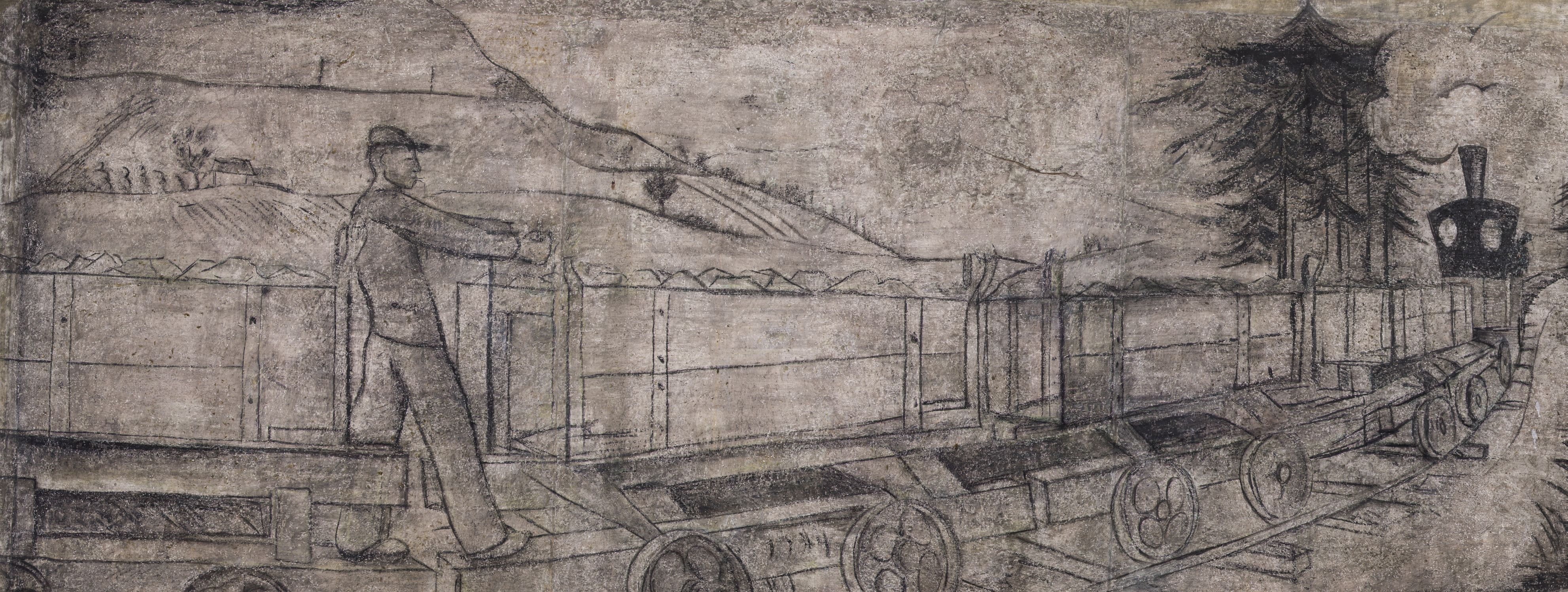It is exceptionally difficult to find any mentions of a prior intention to apply special, worse treatment of Jews in the SS documents. These usually refer to “inmates” (Häftlinge), all of whom must obey the same rules and regulations. In 429 written orders of the highest-ranking officers: commandants of individual sections in Auschwitz, the SS garrison, and the commander of the guard crew, there is only one mention that Jews should be given ‘special treatment’, and its comes from the successor to Höss, Commandant Arthur Liebehenschel. In January 1944, he ordered that heavier physical labour be performed by Jewish women, and German women (possibly also other “Aryan” female inmates) were to be given office work in heated premises. He also mentioned, which seems of key importance for the understanding of the phenomenon, that the status quo should automatically be understandable for everyone, which means that no one needed any special instruction that Jews should be treated worse. The fact that Jews deserve worse treatment was obvious and anyone in the SS should be familiar with that.








